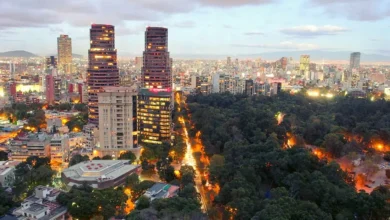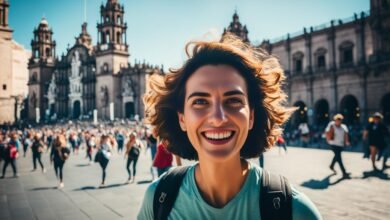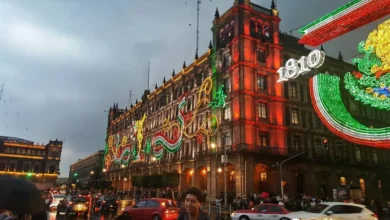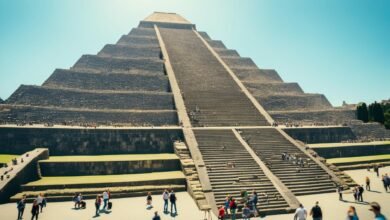Mexico City is changing rapidly due to the influx of foreigners who have recently discovered the city's endless charms. There are dozens of new restaurants, parties, and projects keeping this capital city (population of more than 22 million) vibrant while historic museums, old bars, and cultural sites maintain their prestige.
A heady mix of old and new, you could spend a lifetime here and barely scratch the surface. While there's no way you can cover all the must-see and do things in one trip, limiting yourself to one neighborhood per day keeps things manageable. No matter how you end up spending your time in Mexico's capital, one thing is certain: you'll be scheduling your second trip before the first is even over.
Colonia Juárez
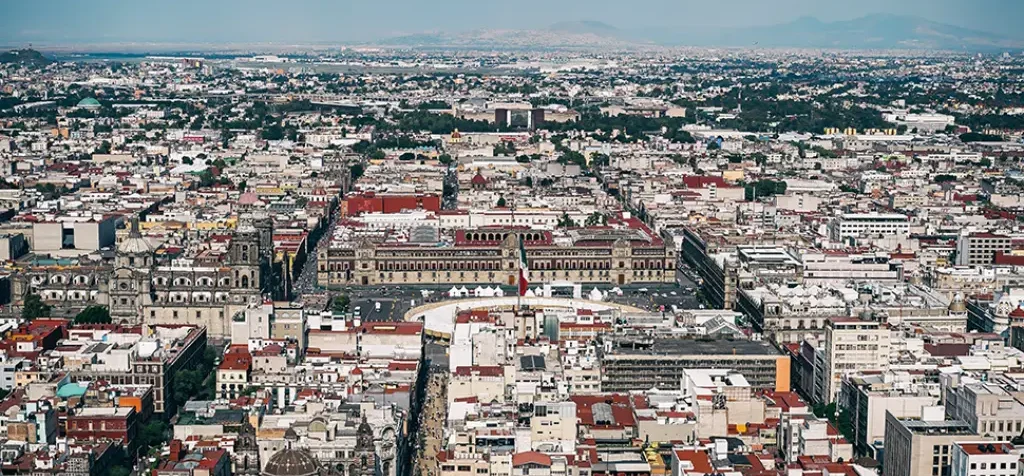
El barrio Juárez ha evolucionado en los últimos años. Una vez arenosa, la zona ahora está repleta de excelentes boutiques, bares, parques y restaurantes como Masala y Maiz, que combina cocina mexicana e india, y Niddo, un rincón soleado que sirve un brunch divino. Hay muchos lugares de moda alrededor de la céntrica Plaza Washington: La Rifa para chocolates artesanales, Loose Blues para vinilos y mezclilla vintage, y Elly's para vinos naturales y pastas hechas a mano.
Luis Barragán House and Studio
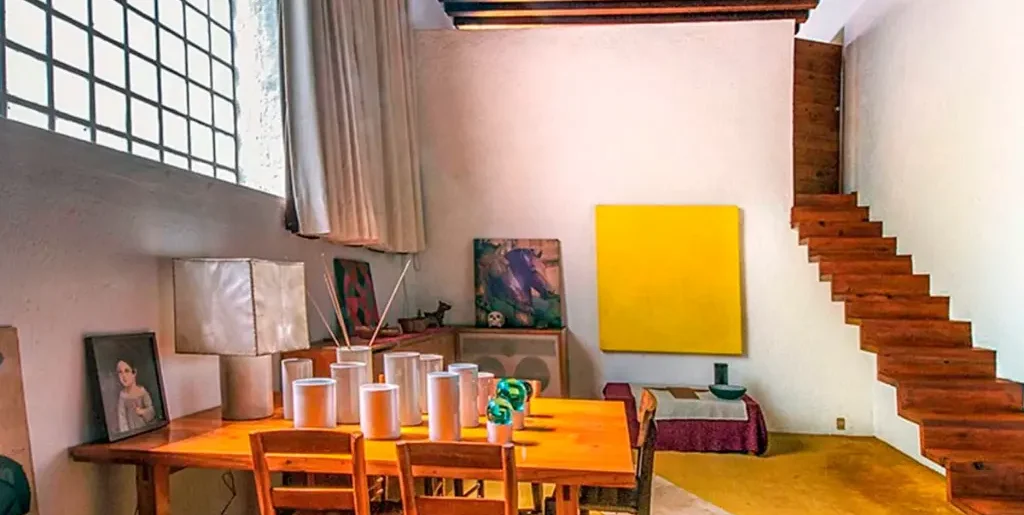
The former home and studio of Pritzker Prize-winning architect Luis Barragán has been transformed into a museum in the Hidalgo district of Mexico City. Lovers of architecture and design frequent the property to study the artist's ingenious use of color, light, shadow, form, and texture. From the street, you'd never guess the personality hidden inside – the deep gray façade humbly blends in with the neighboring houses – but walk inside the estate and you'll find striking walls in a kaleidoscope of bright colors, fountains, and fountains. and swimming pools.
Grand Hotel Mexico City
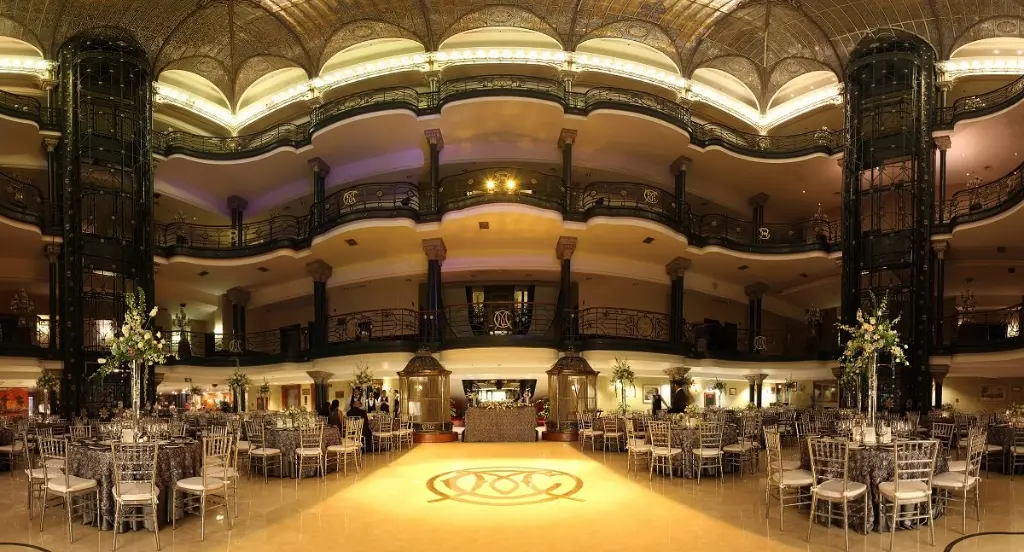
Even if you're not staying at this hotel on the Zócalo, it's worth stopping just to see the stunning interior. The building originally opened as a department store in 1899. Since then, its art nouveau elements have been carefully maintained: the curved staircase is a replica of that of Le Bon Marché in Paris, and the old elevator, made of iron and concrete, It was the first of its kind in Mexico City. But the piece de resistance is the incredible Tiffany stained glass ceiling, imported from France in 1908.
El Moro Churerría
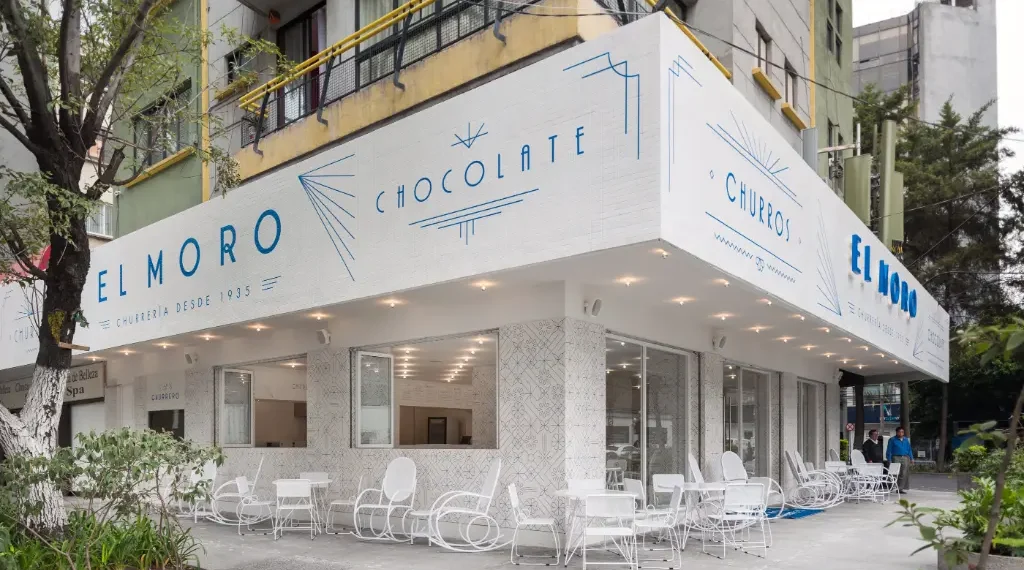
Early afternoon is churro time in Mexico City: families, couples, and friends come out to try sweet fried dough and chocolate. You'll often find lines snaking around the block outside this beloved churrería (churro shop). There are stores in Roma, Centro Historico, Condesa, Polanco and Cuauhtémoc. Most have elegant interiors with blue and white tiles, bright lighting, and long communal tables. Watch the cooks dip, fry, and sweeten your long, thin churro, which is combined with hot chocolate in the flavor of your choice.
Floating Gardens of Xochimilco
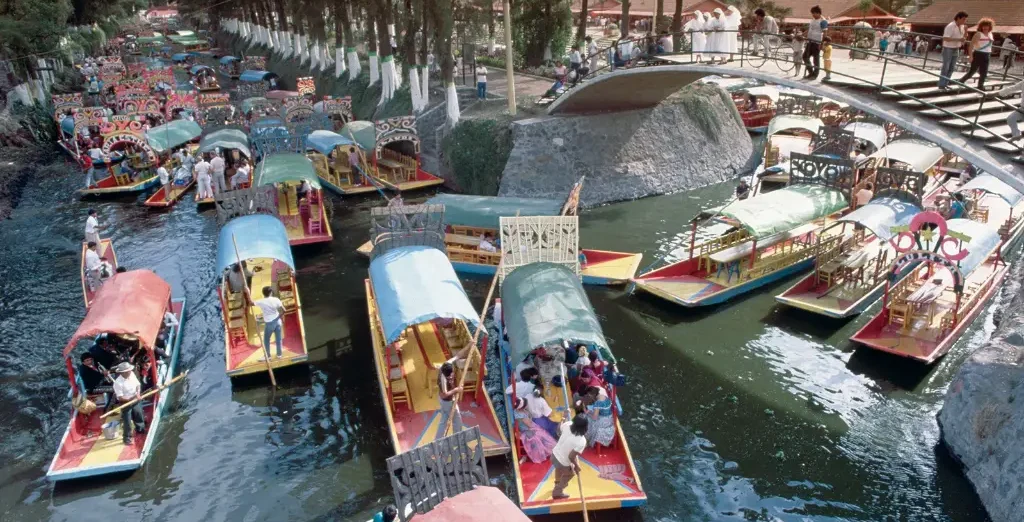
Drive 40 minutes south of the city and you will witness the closest approach to the Valley of Mexico (in which Mexico City is located) before the arrival of the Spanish. The World Heritage Site of Xochimilco, the extensive system of lakes and canals that once connected most of the settlements in the valley, is an incredible vestige of the area's pre-Hispanic past. Start at the Embarcadero Belem pier to board a colorful gondola-like boat, called a trajinera, and explore the canals and man-made islands, or chinampas.
National Palace
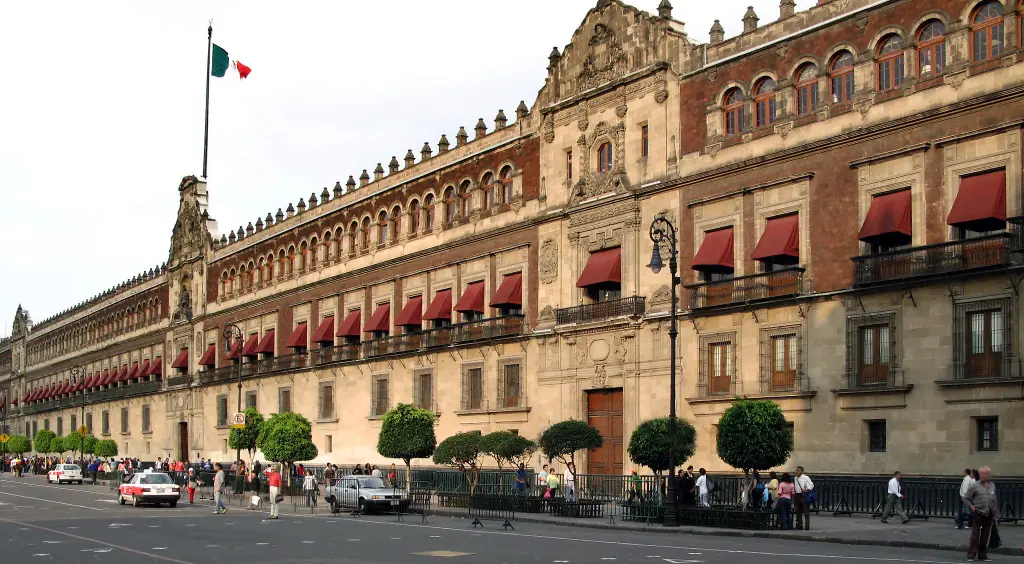
Diego Rivera's famous mural, The History of Mexico, shows the Aztec era, the conquest, the Revolution, and the development of industry. It is grand and captivating, a unique opportunity to learn about Mexico's past. Not to mention it's free: the mural is located in a distinguished building east of the Zócalo that doubles as a government office. Among the office workers wandering around, you'll see a mix of local, national, and international tourists who are in awe of Rivera's masterpiece.
Main temple
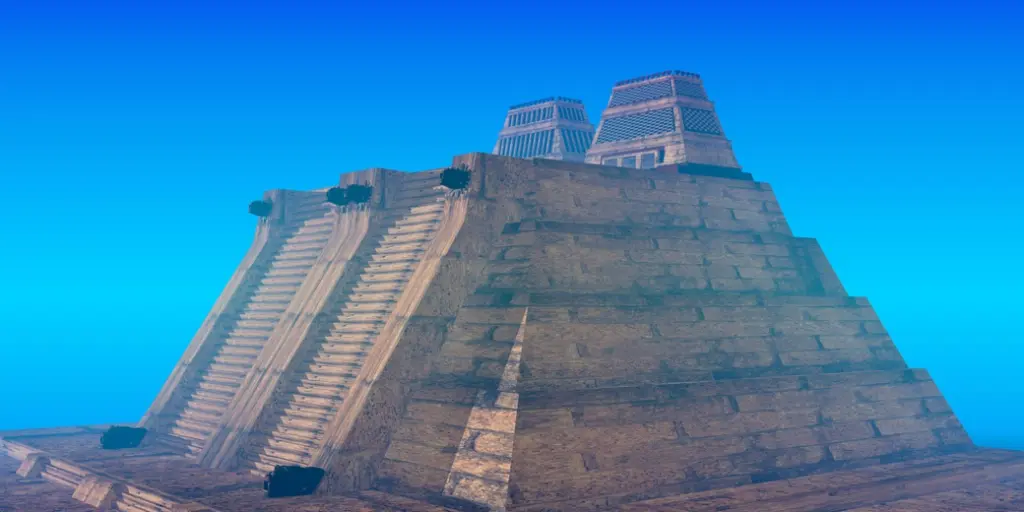
The Templo Mayor (translation: main temple) was the centerpiece of Tenochtitlán, the ancient Aztec capital, built in 1325 in the marshes of Lake Texcoco. The temple was torn down and replaced by a cathedral during the Spanish conquest in 1521. Today, the enormous stone ruins stand at the heart of the Historic Center, embedded in the city center plan. Surrounded by streets and buildings, it is difficult to imagine the temples in their original Aztec glory, but the well-organized museum helps paint the full picture.
Frida Kahlo Museum
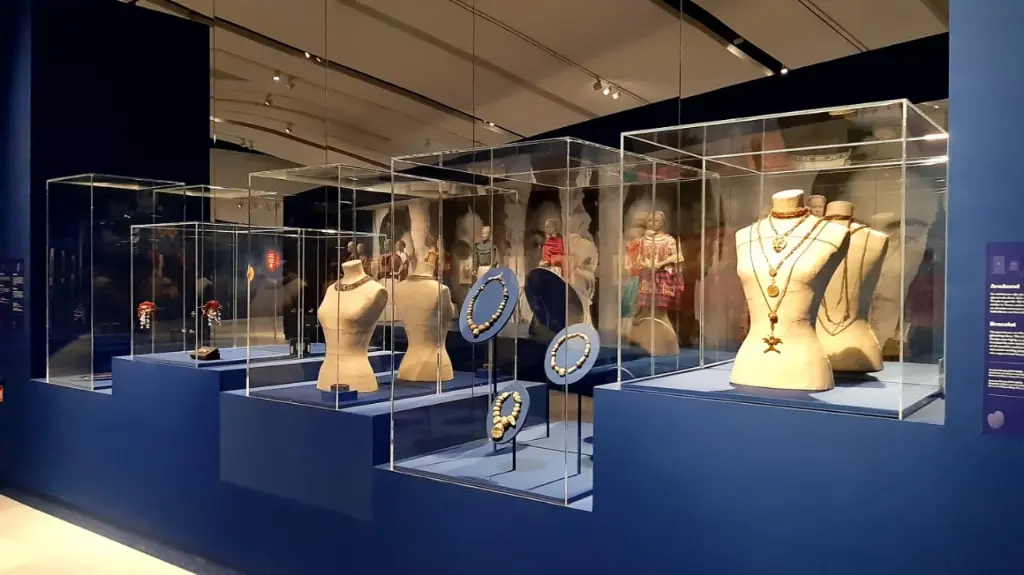
The museum, also known as the “Blue House” for its striking cobalt blue exterior, is where Frida Kahlo was born, raised, lived, and died. Visitors can see some paintings by Kahlo and her husband, Diego Rivera, as well as other contemporary artists from her time. But perhaps most interesting is the voyeuristic window into her creative world.
The house is carefully preserved and maintained; It is easy to imagine the spaces as they were during Kahlo's time. In addition to her personal effects and household materials, the collection of clothing and corsets that Frida needed to support her body after her traumatic accident gives an intimate look at the artist's everyday struggles.
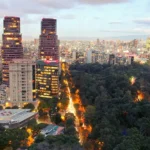 What to do in Polanco, Mexico City
What to do in Polanco, Mexico City
Sculpture Garden at the University Museum of Contemporary Art
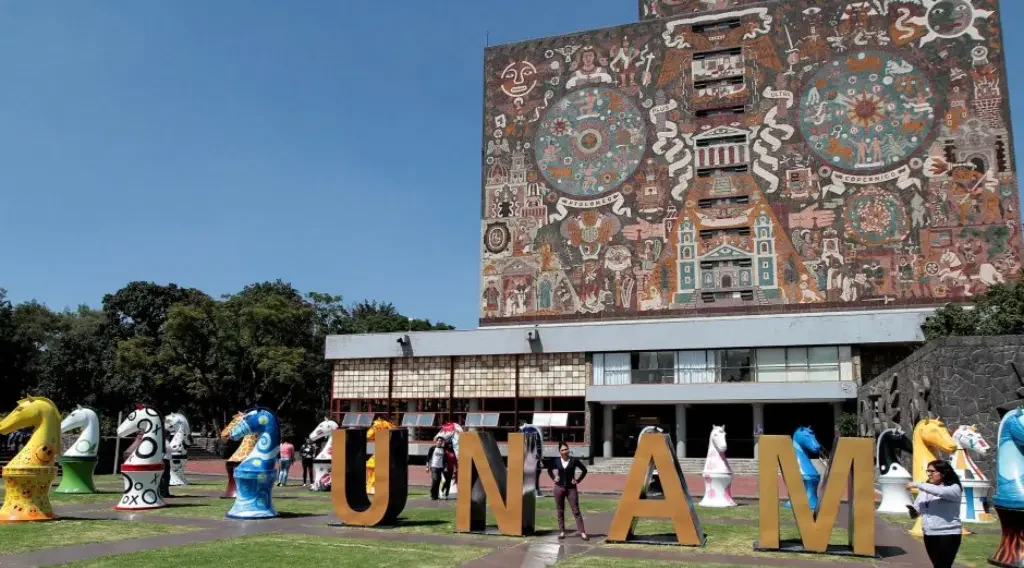
Located on the outskirts of Mexico City, on the campus of the National Autonomous University of Mexico, the Sculpture Park is completely off the tourist circuit. With a variety of large outdoor sculptures, the best way to explore the park is on foot. The sculptural space, which looks like a giant crater, is one of the best places to observe. It is built around lava (which you can see in the center) and has wonderful views from the ledge.
Jamaica Market
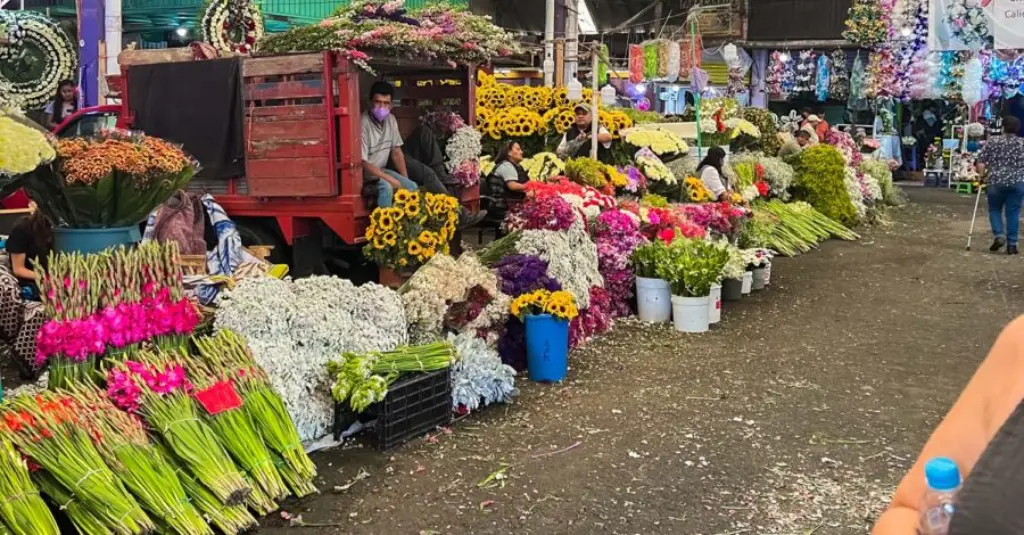
The city's main flower market offers visitors a fragrant and colorful walk through much of the region's native flora and fauna, available to be bundled into a bouquet and taken back to your home. Available for your admiration are roses, lilies, daisies, ferns, and violets in abundance, among other rare and special species.
Visit during the Day of the Dead to see trucks carrying pink and orange marigolds, or Mexican marigolds, for family members to purchase to decorate their ofrendas at home or the graves of loved ones. Create a package to decorate your hotel room, or better yet, to dry and frame as a souvenir for when you return home.
Monument to the Revolution
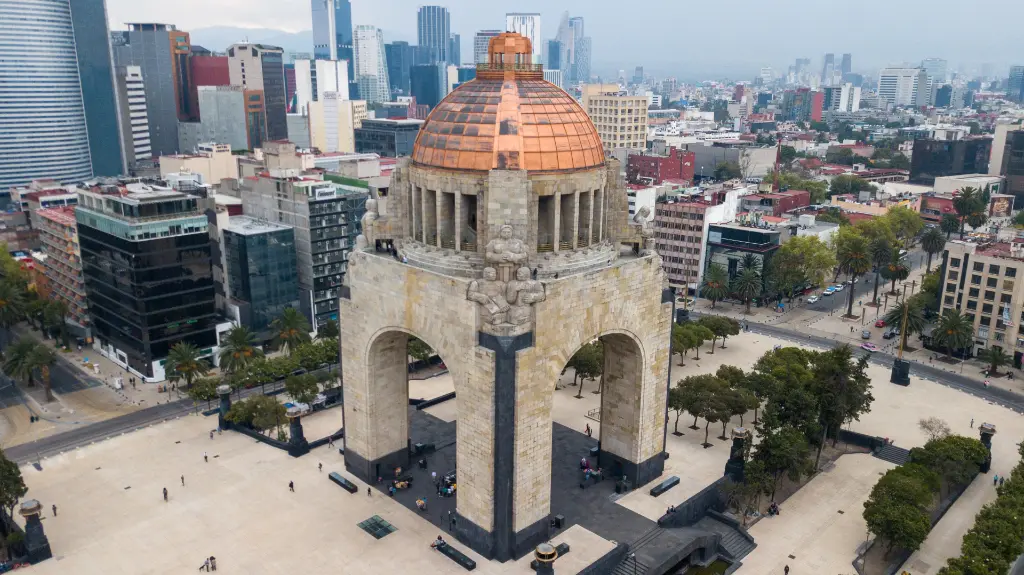
This landmark, located in the heart of Mexico City, commemorates the Mexican Revolution and is the largest triumphal arch in the world. The main structure evolved over twenty-five years of stops and starts and a major redesign. It was completed in 1938 and comprises an eclectic mix of art-deco styles and Mexican socialist realism. A visit to the upper observation deck only costs 110 pesos ($5) and there is an underground museum. You don't need much time to witness the glory of the monument.
Stroll around, gawk at the structure's creative architectural styles, and walk under the arches. History fans may be more interested in the small museum below, but more than anything it's an architecturally significant piece, and the observation deck has great views. If you keep your eyes peeled as you explore the city, you'll most likely be able to catch a glimpse of the monument on a main street, but a quick glance isn't enough, and it's worth the quick 15-minute trip to walk underneath.
The sweet house
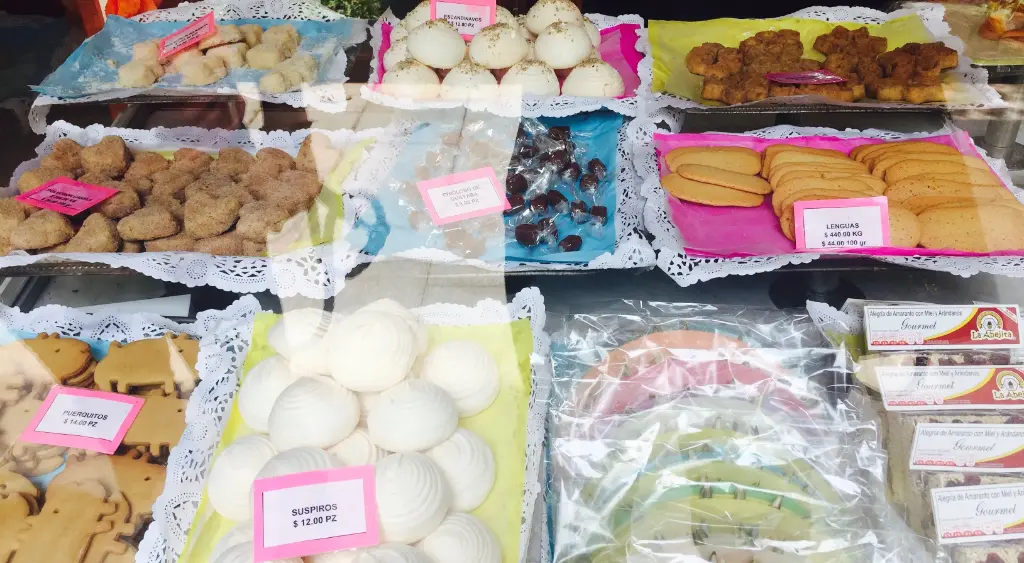
In a small shop in Roma Norte, husband-and-wife team Ichiro Kitazawa and Varia Gonzáles Manuel work side by side in the tiny kitchen, cutting steamed rice into palm-sized balls. They'll dip sautéed sweet potatoes into the musubi, which is sprinkled like confetti with purple and wild rice, a combination of Mexican ingredients and Japanese techniques.
They met while working in a Japanese restaurant years ago when Mexico City was still called DF, the federal district. He had arrived ten years earlier via Osaka, as a hippie backpacker determined to photograph Latin America but devoted himself to cooking; and she, from Puebla. “Omusubi translates to binding or binding,” explains Kitazawa, “which is how we wrap rice,” and is a good metaphor for forging connections between their two countries.
Cárcamo de Dolores
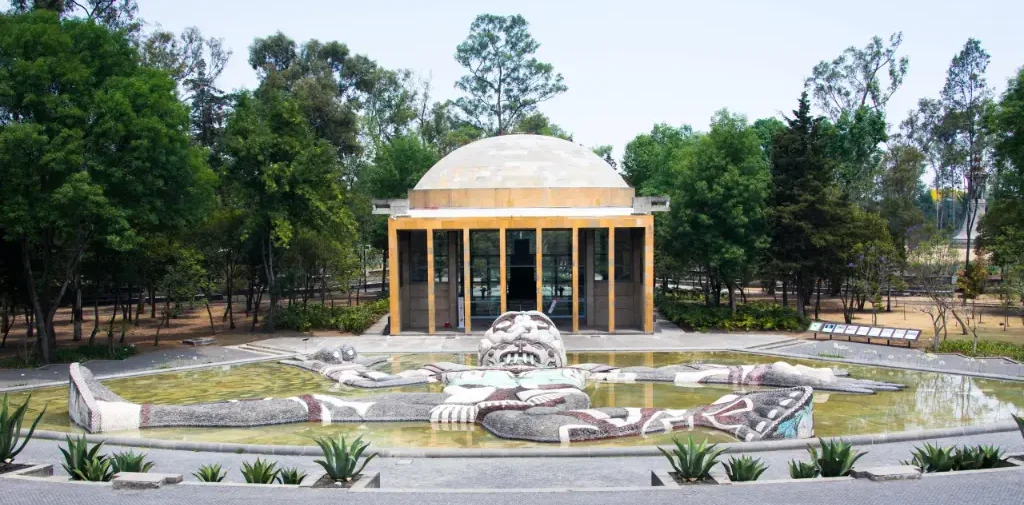
Those visiting Mexico City for the second or third time who think they've seen it all will find something new here. This historic but little-visited site was built in 1951 as a hydraulic water system connected to the city's main water lines. Although it no longer acts as a municipal waterworks but rather as a museum and cultural landmark, it underscores the city's complicated relationship with water. In the less traveled section of Chapultepec, it is currently undergoing renovation and closed to the public, although you can still admire Rivera's enormous sculpture of the Aztec water god Tláloc out front.
Eat like a local
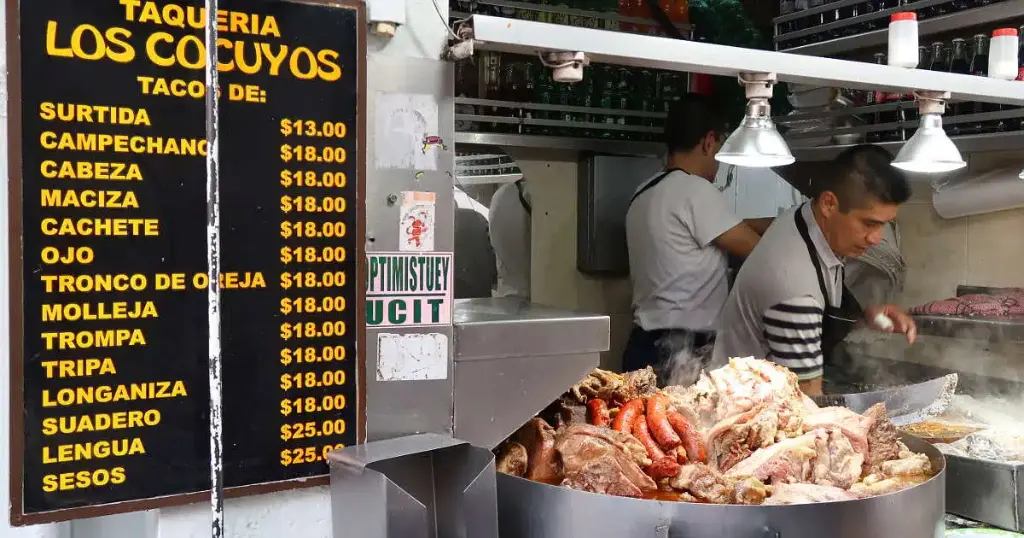
Eat Like a Local, a Mexico City-based company offers culinary tours that immerse visitors in the city's vast food scene. Rocío, the guide, has been a food blogger for a long time and her knowledge of the Mexico City food scene is totally on point. She is also passionate about connecting tourists with locals and impacting Mexico City positively and sustainably. There's a set itinerary, but she's flexible, so go ahead, she orders another mezcal or pork carnitas if you want.
Jumex Museum
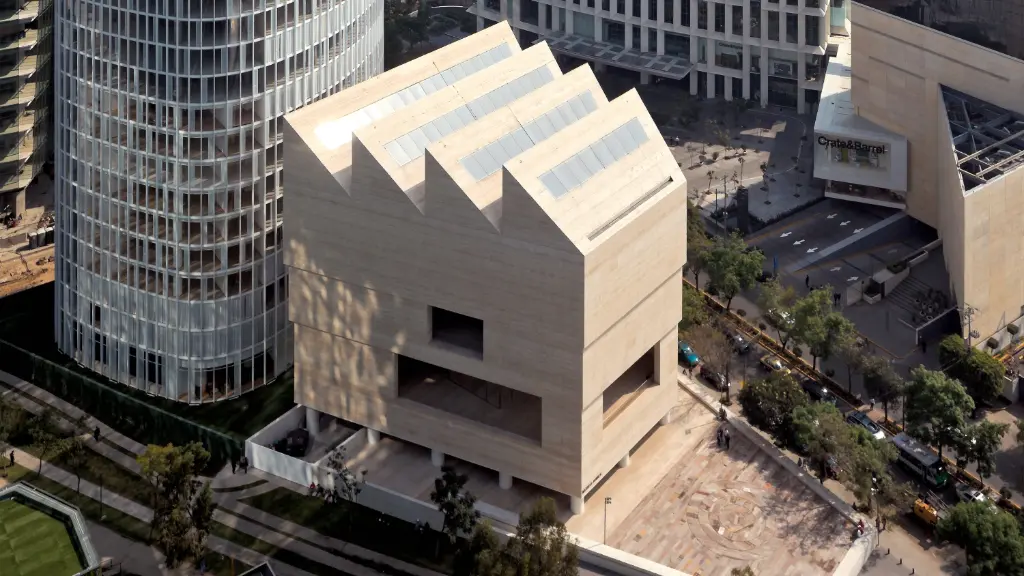
The Jumex Museum houses one of the largest private collections of contemporary art in Latin America, including works by Andy Warhol, Martin Kippenberger, Cy Twombly, and Damien Hirst. Media range from paintings and drawings to light and video installations. The building is as distinctive as the art: British architect David Chipperfield designed the 15,000-square-foot white concrete cube with a sawtooth-shaped top. (Plus, the Soumaya Museum is right across the square, so you can feed two birds with one bun.)
Self-guided tour of the cantinas of the Historic Center
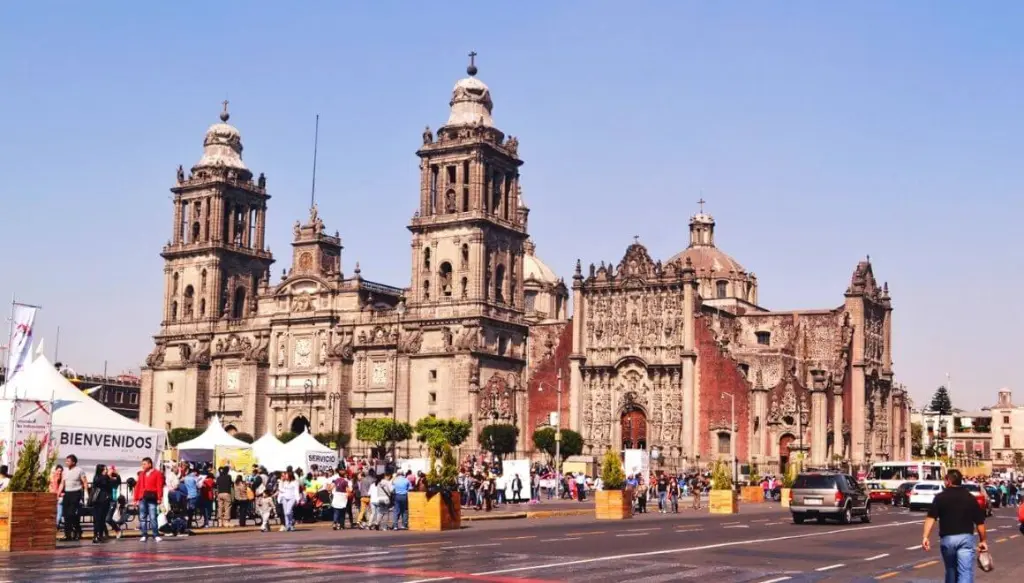
It's easy to wander around the Centre, pop into a few cantinas for a drink or two, and soak up the style of these classic dive spots. The more friends you bring and make, the better. Locals and regulars alike flock to the cantinas, which maintain a historical foundation for Mexico City's drinking culture. The musicians pass, the sorrows are drowned and the gains are celebrated.
Many cantinas serve food, some better than others, and often give you free snacks and small plates if you consume around three drinks, although each place has its own rules. Beer and tequila prevail. Simple cocktails, rum, and coke incorporated, as margaritas, sangria, rum, brandy and mezcal. Some cantinas are known for certain drinks, but craft cocktails are not.
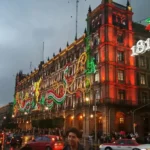 Best Things to Do in Zocalo, Mexico City
Best Things to Do in Zocalo, Mexico City
Lucha Libre at the Arena Coliseo
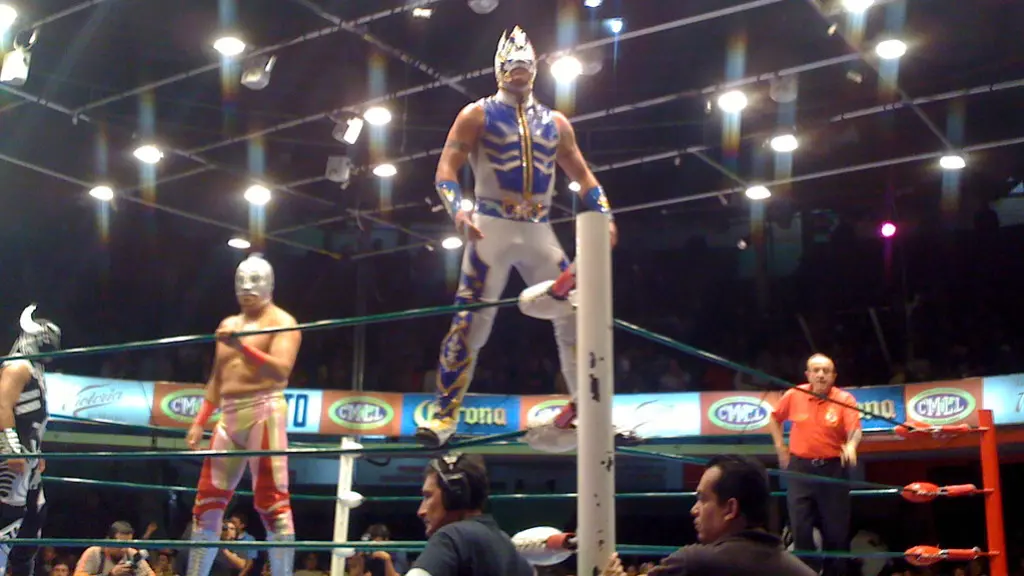
A giant venue that hosts sporting and entertainment events, the Arena can seat 23,300 spectators. It is best known for hosting wrestling matches. The stadium is huge and some seats are certainly better than others, depending on how much money you are willing to shell out. If you're here because you're a true Lucha Libre fan, make sure you sit in the front row; If you're here for a fun night out with friends, the cheap seats will come in handy.
Teotihuacan
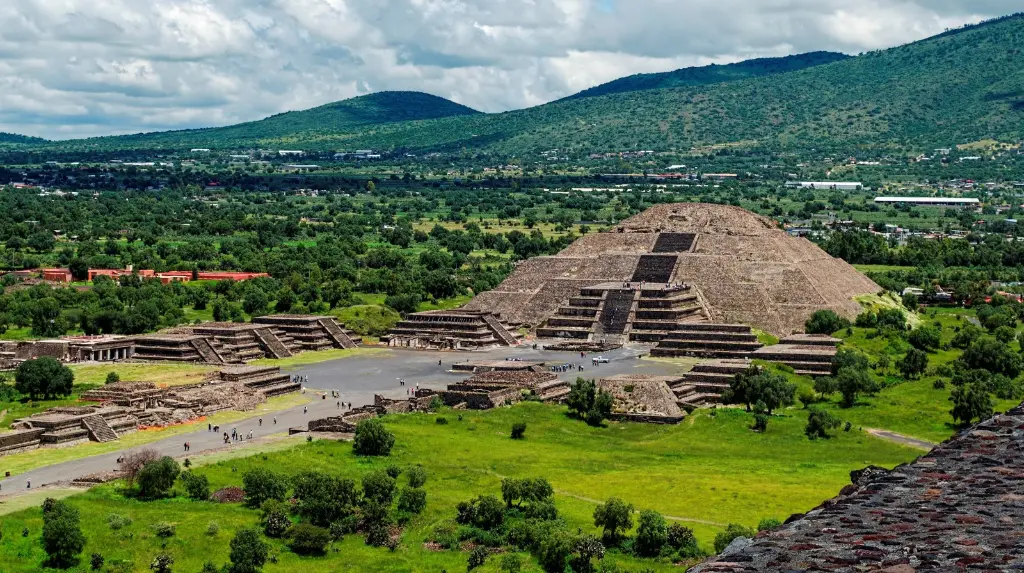
The ancient Mesoamerican pyramids of Teotihuacán, in the Valley of Mexico, once served as the largest city in pre-Columbian America. It is believed that during the first millennium AD. The city had around 125,000 inhabitants, including multiethnic groups such as the Otomi, Zapotec, Mixtec, Mayan and Nahua. If you have a few days in Mexico City, it's worth the day trip. (Teotihuacán is approximately an hour from the city by car). Leave early in the morning so you can be back in town by noon, and bring sunscreen!
The Bodealores Historical Zócalo Center
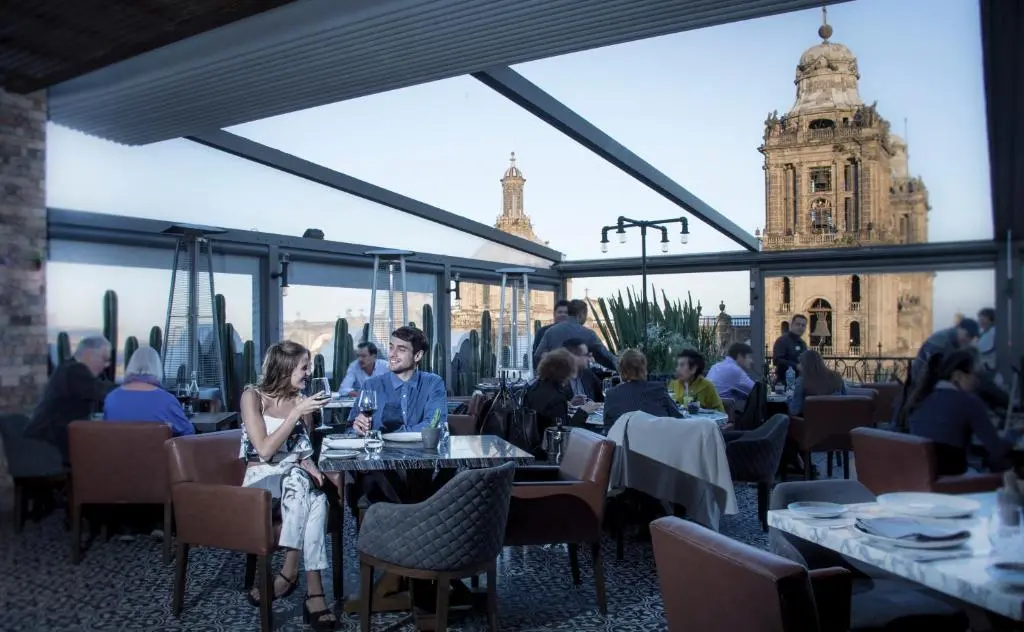
The boleadores are spread around the perimeter of the main downtown square (and almost every other park and square in the city), but you'll have a great view of the cathedrals, the flagpole, and the National Palace if you clear yourself the shoes here. Hop on the elevated perch of the boleador chair and these will make your boots shine again.
Between 50 and 100 pesos (3 to 6 dollars), it is one of the cheapest shoe-shining experiences out there. Boleadores are an important part of Mexican street culture and a fixture of pedestrian avenues, a living mid-century heritage that is in no danger of disappearing. But with the proliferation of cheap plastic shoes and mass-market sneakers, “boat cleaners” are a craft service to give new life to leather shoes.
Anahuacalli Museum
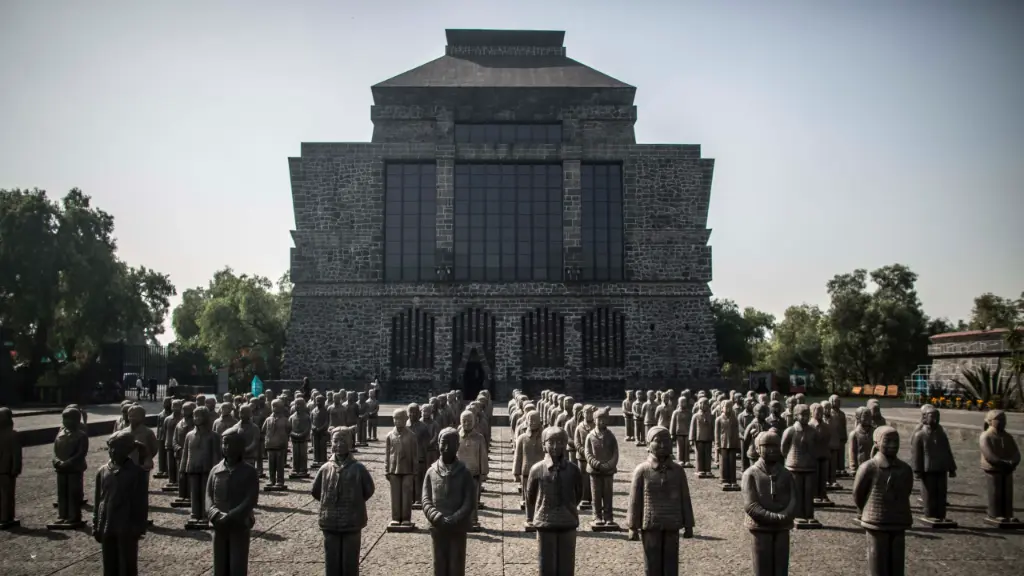
Impressive, grand and secluded, Anahuacalli is part studio, part museum and part sanctuary of Mexican art that Diego Rivera built as an architectural piece that unites past, present and future to the natural environment. Rivera's extensive and personal collection of pre-Hispanic figurines, carvings and totems was accumulated throughout his life. The museum itself was built around a strip of rocky land that Rivera and Khalo had purchased for a farm.
The main collection features nearly two thousand figurines representing Olmecs, Toltecs, Nahuas, Zapotecs, the people of Teotihuacán and those of northeastern Mexico, as well as Rivera's sketches for murals. There are also temporary exhibitions by more modern Mexican artists, with a recent rotation of 30 texture works by Robert Janitz: paintings, large-format sculptures, and an NFT.
Anthropology National Museum
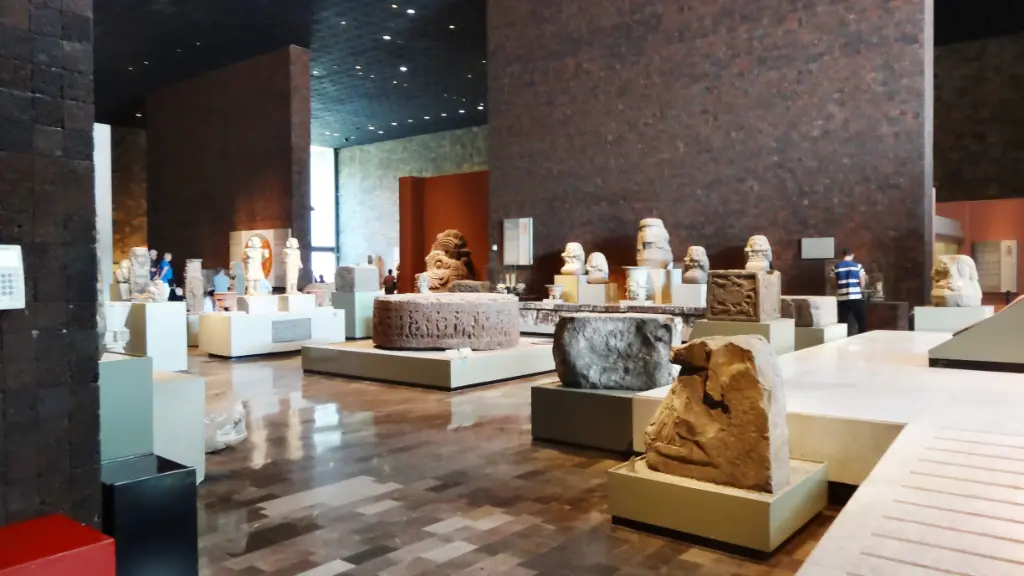
This enormous building in Chapultepec Park is among the most famous museums in the city, perhaps surpassed only by the Frida Kahlo Museum. Although the late Mexican architect Pedro Ramírez Vázquez designed it in 1964, the gigantic building still looks as avant-garde today as it did then.
(How exactly does that giant concrete slab float over a pond?) The museum houses the world's largest collection of ancient Mexican artifacts. Some of the most iconic Mesoamerican artifacts discovered to date can be found in 23 rooms. If you want to understand the history of Mexico, a visit here is a must.
Garibaldi Square
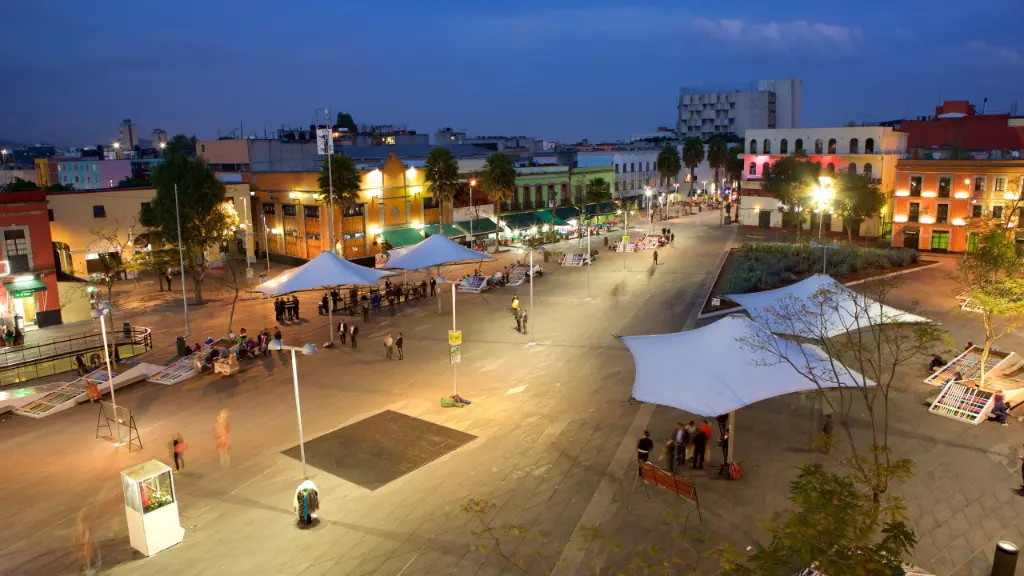
Traveling mariachi bands from Mexico have been found in this plaza, a few blocks north of the Palacio de Bellas Artes, since the mid-20th century. Although the plaza has deteriorated over the years, it has seen a resurgence thanks to a city-led effort to clean up the neighborhood by installing new sidewalks and streetlights. It's a cultural hotspot of sorts, where travelers can come day or night (although the best time to go is after 11 p.m.) to watch bands solicit bar patrons, cars, and passersby. Let them buy a song.
Latin American Tower

This 44-story skyscraper, built in 1965, is the tallest building in the Historic Center. The tower miraculously withstood both the 1985 magnitude 8.1 earthquake and the September 2017 magnitude 7.1 earthquake, making it a rare engineering feat.
The Tower defines the skyline of Mexico City (much like the Empire State Building in New York) and is a useful tool for finding your way around downtown. Head to the top-floor observation deck for stunning 360-degree views of the city, or the newly renovated bar/restaurant (one floor below), which has equally impressive views and is almost always empty.
Saint Ignatius of Loyola Church
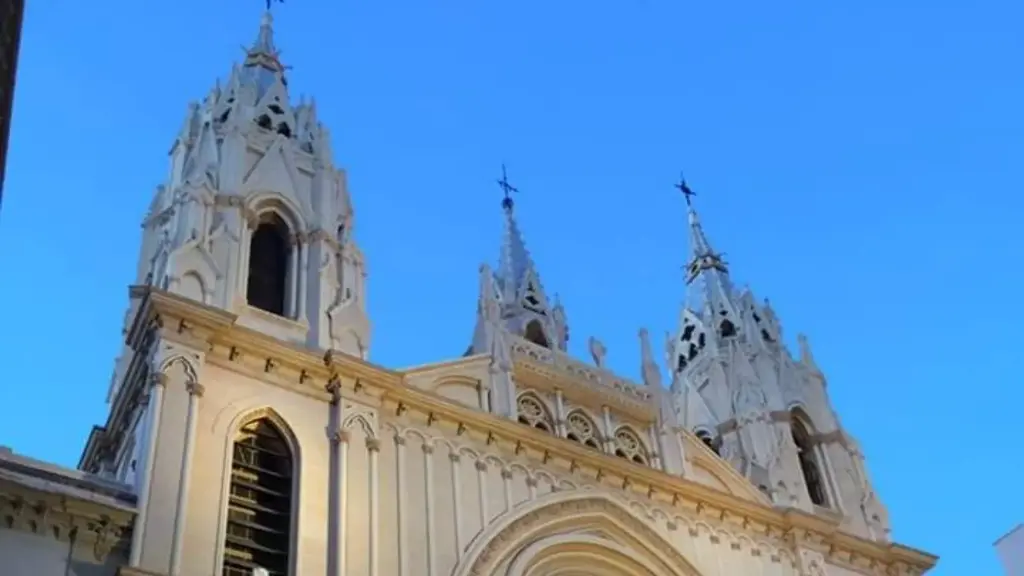
A surprisingly quiet stop in a city full of energy, this little-visited modernist church is hidden in plain sight in residential Polanco. Designed by famous architect Juan Sordo, it was completed in 1961 and features a tapered triangular structure covered with hand-made yellow ceramic tiles.
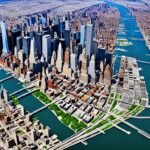 Discover Top Neighborhoods in New York City
Discover Top Neighborhoods in New York City
Show up during visiting hours and you'll be able to tour the grounds inside and out. Inside, the Jesuit temple is surrounded by multicolored stained glass windows that capture vibrant fractals on sunny days, almost like being trapped in a kaleidoscope. It's a place of worship and quiet contemplation, yes, but also a paradise for architecture nerds.
